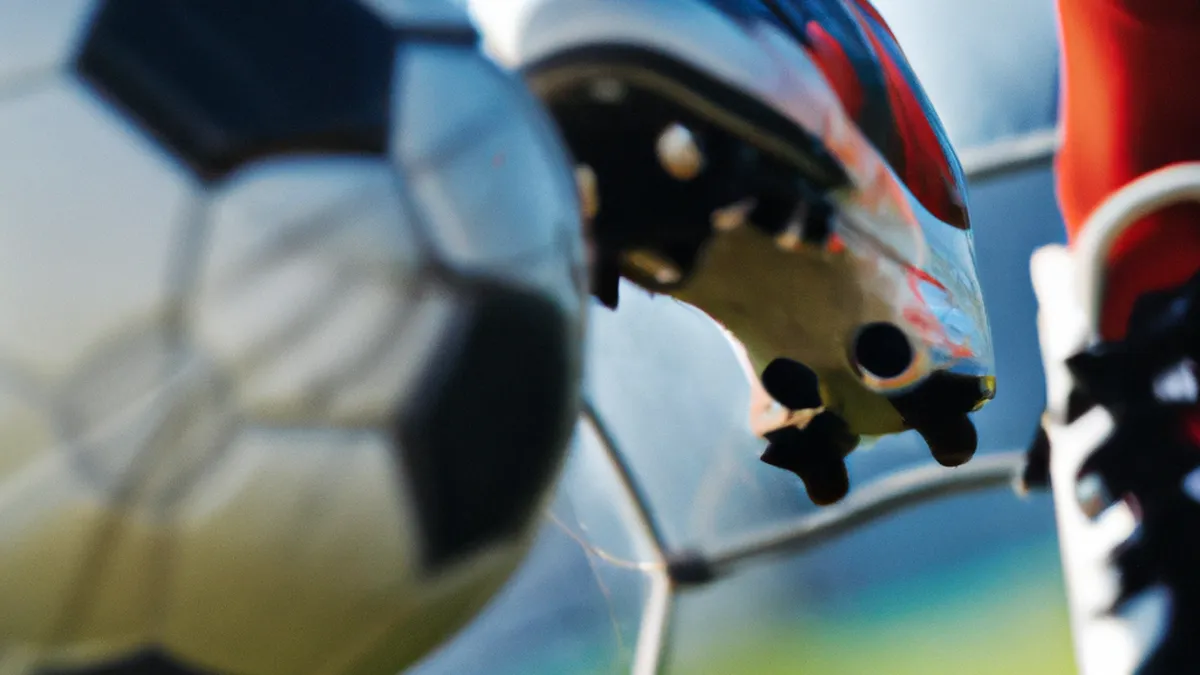Catch Early Signs of Overuse Injuries
Recognizing Signs of Overuse Injuries Early
As an Amazon Associate I earn from qualifying purchases.
Gear tip: consider sodium tablets, collapsible funnel and carb gels to support this workout.
Overuse injuries can sideline athletes and active individuals. They lead to frustration and setbacks in physical activity. These injuries develop gradually, often sneaking up on you. Recognizing the signs early is crucial for prevention. Understanding these signs helps maintain activity levels and overall health.
What Are Overuse Injuries?
Overuse injuries occur when you repeatedly stress a specific body part. This stress happens without allowing adequate recovery time. These injuries can cause inflammation, pain, and lasting damage. Common examples include tendonitis, stress fractures, shin splints, and bursitis. Unlike acute injuries, overuse injuries build up over time. They often result from inadequate recovery, poor technique, or sudden activity increases.
The body is resilient, but it has limits. Consistently pushing these limits without care can result in overuse injuries. Conditions like runner’s knee or tennis elbow illustrate how repetitive motions lead to chronic pain and decreased performance.
Common Signs to Watch For
Recognizing early signs of overuse injuries is vital for anyone engaging in physical activities. Pay attention to these symptoms:
1. **Persistent Pain**: Persistent pain during or after activity often indicates an overuse injury. Discomfort that doesn’t subside may signal an issue.
2. **Swelling**: Unusual swelling in joints or muscles often indicates inflammation. This inflammation signals your body’s response to injury.
3. **Reduced Range of Motion**: Difficulty moving a joint or muscle might indicate overuse. A decrease in flexibility can limit performance and increase injury risk.
4. **Fatigue**: Unusual fatigue during workouts can signal body stress. If you feel excessively tired, your body may struggle to keep up.
5. **Soreness That Persists**: Some soreness is normal after a workout. However, persistent soreness lasting for days is a red flag. Your muscles should recover, so lack of recovery may indicate overuse.
Tips for Early Recognition
Implement strategies to catch overuse injuries early. Here are effective tips:
1. **Keep a Training Log**: Document workouts, including duration, intensity, and discomfort. This practice helps identify patterns leading to overuse.
2. **Listen to Your Body**: If something feels off, don’t ignore it. Pain signals that your body needs attention. Taking a break or modifying your routine can prevent further injury.
Conclusion
Recognizing the signs of overuse injuries early can help maintain your physical activity and overall health. Stay alert to symptoms and listen to your body.
Below are related products based on this post:
FAQ
What are the common signs of overuse injuries to look out for?
Common signs to watch for include persistent pain during or after activity, unusual swelling in joints or muscles, reduced range of motion, unusual fatigue during workouts, and soreness that lasts for days. Recognizing these symptoms early is crucial for preventing further injury.
How can I prevent overuse injuries during my training?
To prevent overuse injuries, keep a training log to track your workouts, including duration and intensity, and listen to your body. If you experience discomfort or pain, consider modifying your routine or taking a break to allow for recovery.
What should I do if I think I have an overuse injury?
If you suspect you have an overuse injury, it’s important to consult a healthcare professional for proper diagnosis and treatment. Additionally, rest and modify your activities to prevent further strain on the affected area.















Post Comment